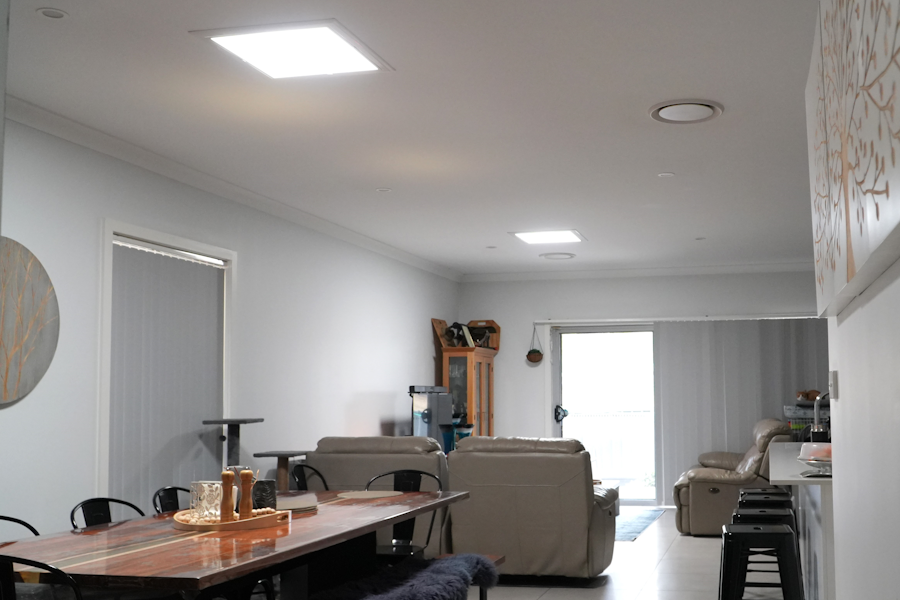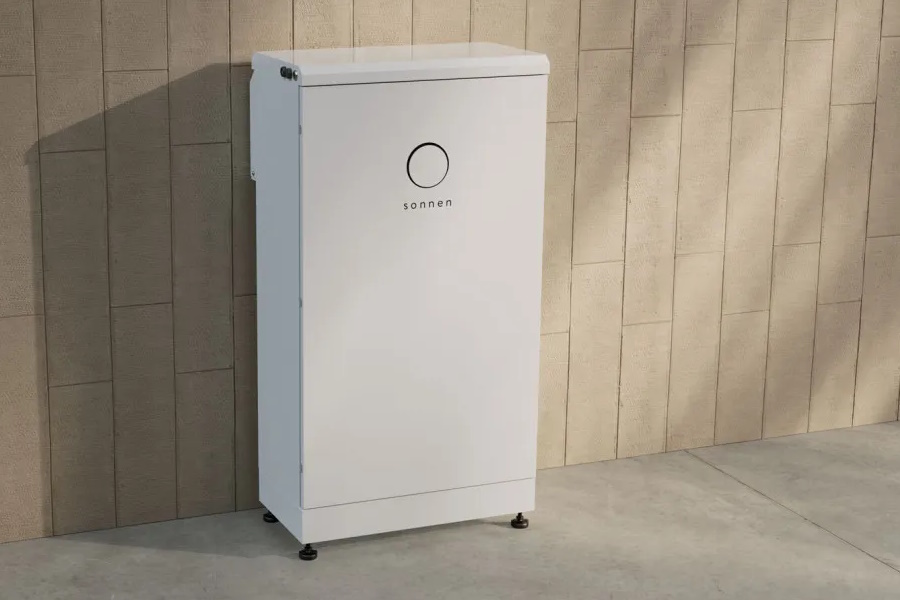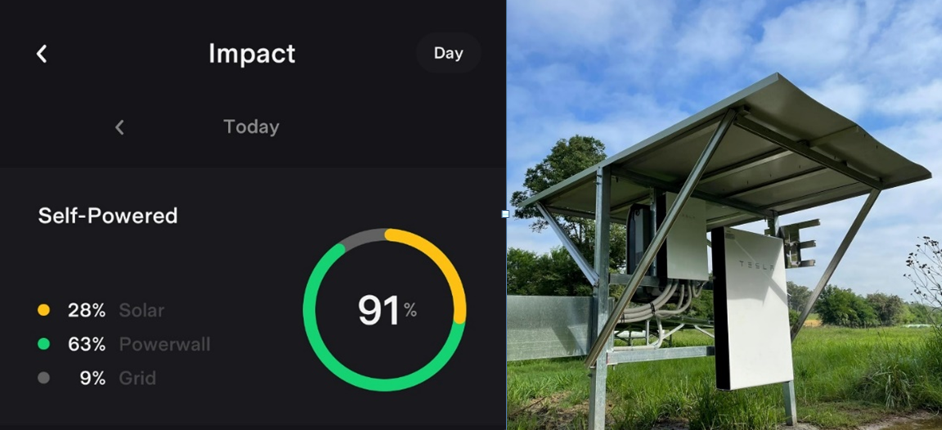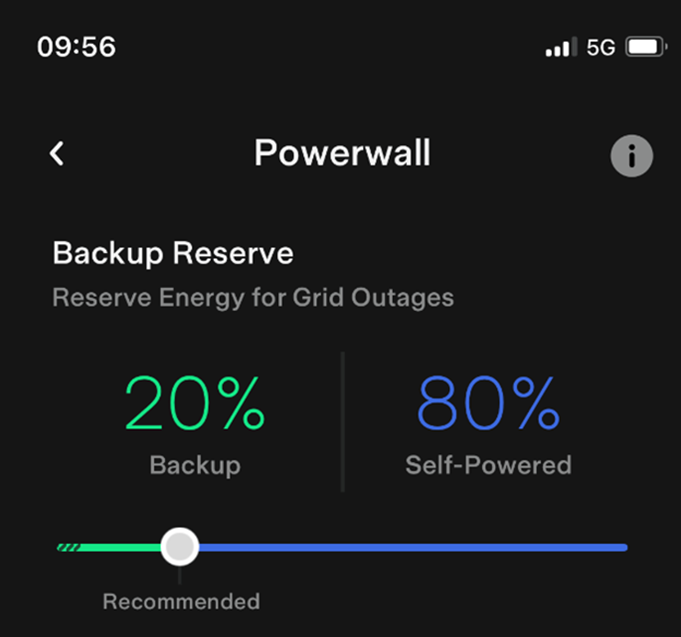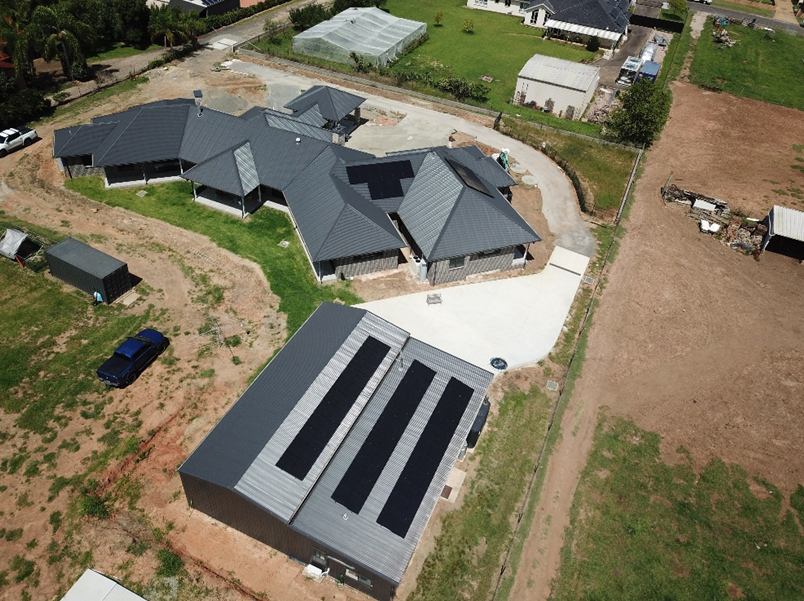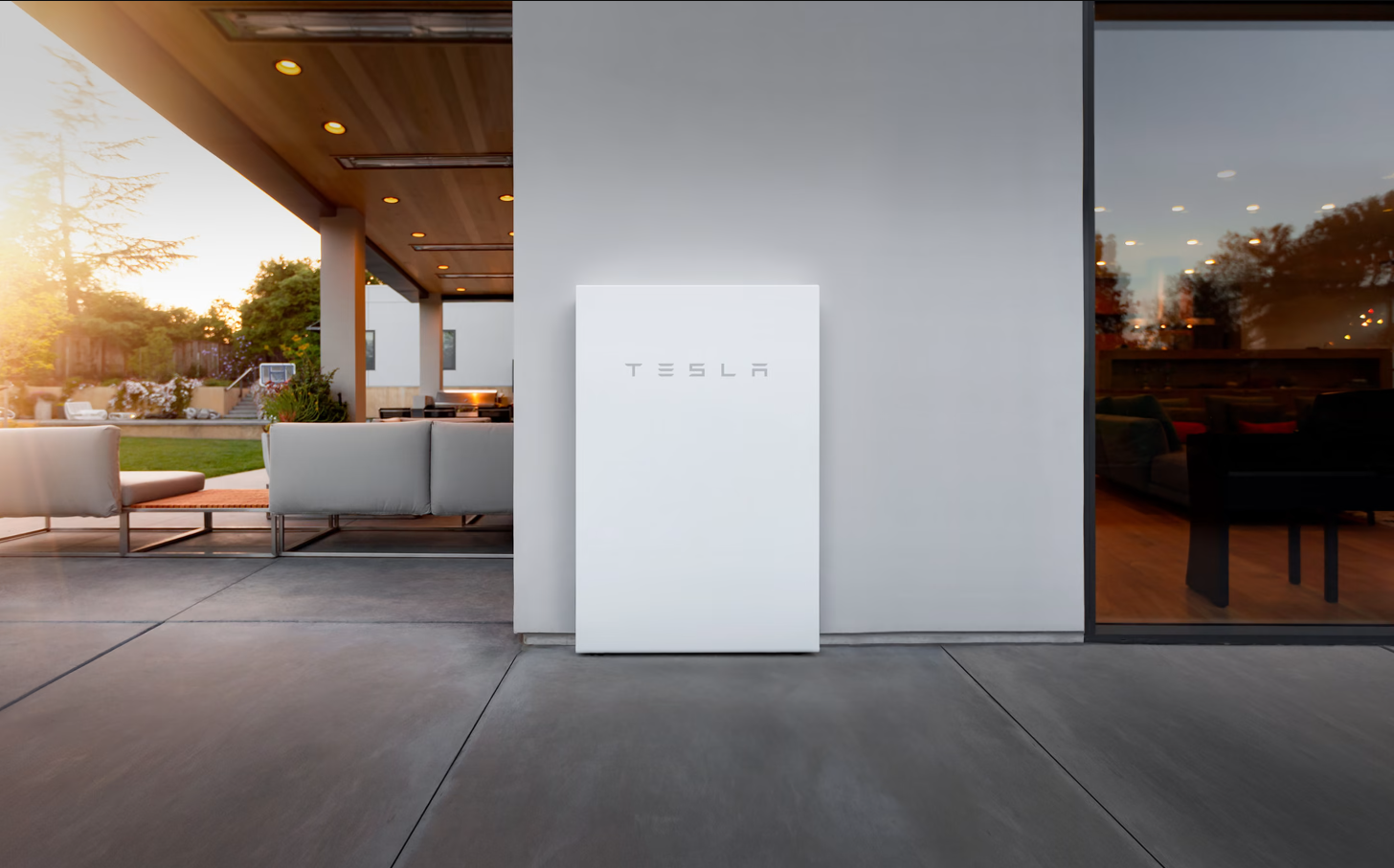Imagine stepping into a room bathed in natural light, the kind that not only brightens your surroundings but also uplifts your mood. This is the transformative power of tubular skylights. Unlike traditional lighting, these innovative systems harness the sun’s energy, delivering radiant, eco-friendly, and cost-effective illumination.
Understanding Tubular Skylights
These skylights are designed to capture and magnify sunlight through a dome on your roof, directing it down a highly reflective metal tube into your living spaces. This natural light is diffused through a ceiling fixture, creating a bright, even glow for the room. By utilising this technology, homeowners can significantly reduce their reliance on electric lighting during the day, leading to savings on energy bills.
Benefits of Tubular Skylights
- Energy Efficiency and Cost Savings One of the key benefits of these skylights is their ability to reduce energy consumption. Traditional lighting can be a significant contributor to household electricity use. By installing this type of skylight, you harness free and abundant solar energy, cutting down on electricity costs. Over time, the savings on energy bills can offset the initial installation cost.
- Enhanced Natural Lighting Natural light has numerous advantages over artificial lighting. It is known to improve mood, boost productivity, and create a more inviting home environment. These skylights provide a consistent and natural light source, reducing the need for artificial lighting during daylight hours. The benefits extend beyond mere illumination; they enhance the overall ambience and aesthetic appeal of your home.
- Environmentally Friendly Opting for this skylight solution is a green alternative to traditional lighting. By utilising solar energy, you reduce your carbon footprint and contribute to a more sustainable future. The use of renewable energy sources like solar power helps decrease the reliance on fossil fuels, reducing greenhouse gas emissions and other pollutants.
- Increased Home Value Adding these skylights to your home can increase its market value. Homebuyers are increasingly looking for energy-efficient features that reduce living costs and environmental impact. They are an attractive selling point, showcasing your commitment to sustainability and modern living.
- Health Benefits Exposure to natural light is essential for maintaining a healthy circadian rhythm. It helps regulate sleep patterns, improves mood, and can even enhance concentration and productivity. Skylights like these ensure that your home is filled with natural light, promoting overall well-being and comfort.
- Aesthetic Appeal Beyond functional benefits, these skylights can dramatically enhance the visual appeal of your home. They introduce an element of modernity and elegance to any space, creating a unique architectural feature that also serves a practical purpose.
Tubular Skylights vs. Traditional Skylights
While traditional skylights also bring natural light into your home, tubular designs have distinct advantages. Conventional skylights can sometimes cause excessive heat gain or loss, affecting indoor temperatures and increasing the need for heating or cooling. In contrast, tubular options are designed to be more energy-efficient, reducing heat transfer and maintaining a comfortable indoor environment.
Installation and Maintenance
Installing tubular skylights is a straightforward process that can be quickly completed by professional installers. They are designed to fit seamlessly into your roof structure without compromising its integrity. Once installed, these skylights require minimal maintenance. Occasional cleaning of the dome and interior fixtures will ensure optimal performance and longevity.
Real-Life Applications
Consider a family room that is often dim and reliant on artificial lighting. By installing these skylights, the room becomes a bright, inviting space filled with natural light, perfect for family gatherings and relaxation. Similarly, dark hallways, bathrooms, or even walk-in closets can be transformed into well-lit areas, enhancing the functionality and aesthetic appeal of your home.
In an office setting, these skylights can improve productivity and employee satisfaction by providing a pleasant working environment. Schools and educational institutions can also benefit from enhanced natural lighting, creating a better learning atmosphere for students.
Environmental Impact
The adoption of these skylights contributes to broader environmental goals. By reducing dependence on electricity generated from fossil fuels, they help decrease greenhouse gas emissions. This shift towards renewable energy sources is crucial in combating climate change and promoting sustainable living practices. For more information on how solar energy can benefit the environment, explore SolarBright’s solar power solutions.
Economic Benefits
The installation of these skylights can also lead to significant economic benefits for communities. By reducing the overall demand for electricity, they help decrease the strain on local power grids, potentially lowering energy costs for everyone. Moreover, the production and installation can create jobs and stimulate local economies.
Tips for Maximising Skylight Benefits
To get the most out of your skylights, consider the following tips:
- Strategic Placement: Place skylights in areas of your home that receive the most sunlight and where you need the most light during the day, such as kitchens, living rooms, and hallways.
- Regular Cleaning: Ensure the domes and interior fixtures of your skylights are clean to maintain optimal light transmission. Regular maintenance will keep them performing at their best.
- Professional Installation: Use certified installers to ensure your skylights are properly fitted and sealed. Proper installation can prevent leaks and maximise energy efficiency.
- Combine with Other Energy-Saving Measures: Enhance the benefits of your skylights by combining them with other energy-efficient practices, such as using LED bulbs and energy-efficient appliances.
- Monitor Performance: Keep an eye on the performance of your skylights. If you notice any reduction in light output, it may be time for maintenance or cleaning.
Conclusion
The benefits of tubular skylights are manifold, from energy savings and environmental impact to enhancing the beauty and comfort of your home. By choosing these skylights, you invest in a sustainable, cost-effective, and health-promoting lighting solution.
Ready to transform your home with the power of natural light? Explore the range of tubular skylights offered by SolarBright and experience the difference today. For more insights on solar energy solutions, check out our recent blog posts on solar battery and solar panel maintenance. Contact us at SolarBright to get started on your journey towards a brighter, more sustainable home. Visit our contact page to learn more.
Read Also:
NSW Solar Battery Rebate – All You Need to Know
Why Solar Power Is The Healthy Choice For Your Family
